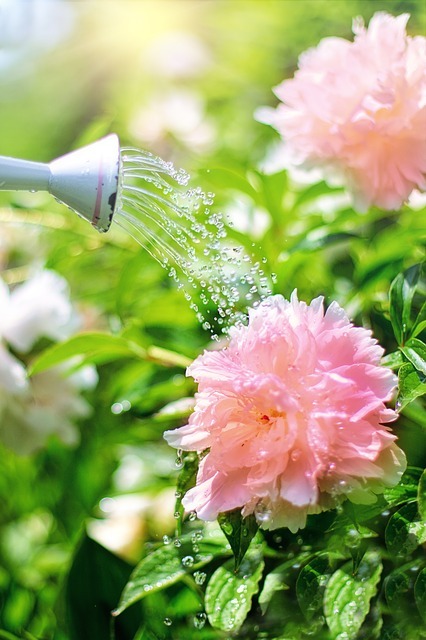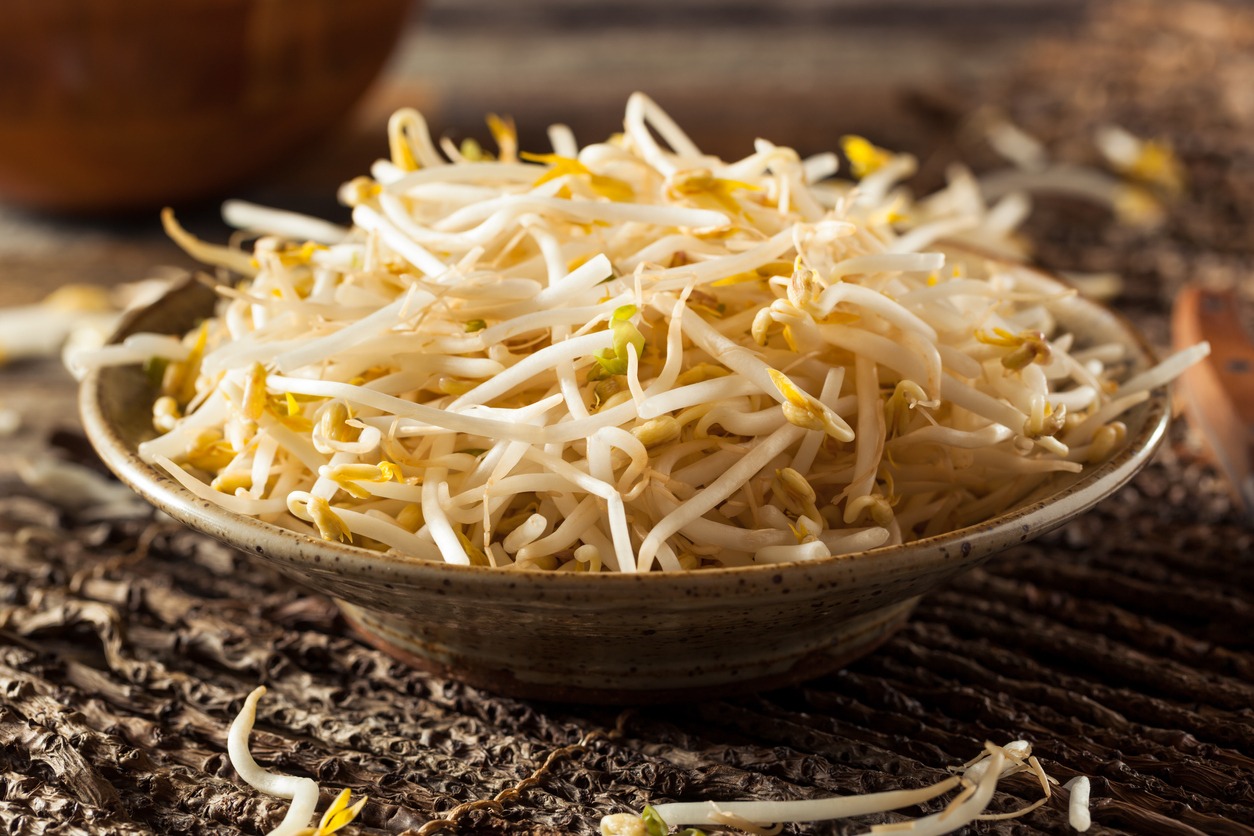Natural Soil Care Practices for a Thriving Homestead Garden
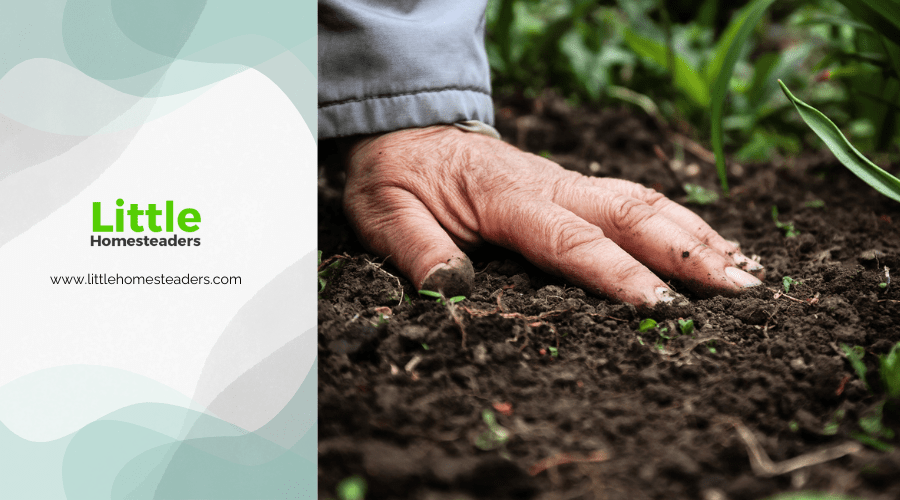
Soil care is the foundation of a productive and sustainable homestead garden. Healthy soil nurtures plants, retains water, and supports a thriving ecosystem of microbes and organisms that work together to create fertile ground for your crops. By focusing on natural soil care practices, you can build a resilient garden that flourishes year after year.
This guide explores proven techniques for improving soil health, tackling common challenges, and cultivating an ecosystem that supports vibrant plant growth while contributing to environmental sustainability.
Understanding Soil Health
Healthy soil is more than just dirt—it’s a living, breathing ecosystem. Beneath the surface lies a world of organisms, from tiny bacteria to intricate networks of fungi, that work together to support plant health. When you nurture your soil, you nurture the plants growing in it and help create a garden that’s not just productive but also resilient to pests, diseases, and climate fluctuations.
Why Soil Health Matters
Healthy soil is like a savings account for your garden. It stores water, holds nutrients, and provides a stable foundation for plant roots. It also plays a critical role in carbon sequestration, helping to offset the effects of climate change. In fact, well-maintained soil can store more carbon than the atmosphere, making your garden an ally in protecting the environment.
Common Soil Challenges
- Compaction: When soil particles are pressed too tightly, water and air can’t circulate properly, making it hard for roots to grow.
- Erosion: Wind and water can strip away topsoil, taking valuable nutrients with it.
- Nutrient Deficiencies: A lack of essential nutrients like nitrogen, phosphorus, or potassium can stunt plant growth and reduce yields.
- Imbalances in pH: Soil that’s too acidic or too alkaline can limit nutrient availability to plants.
Addressing these challenges requires consistent care and a focus on enriching the soil with natural practices.
Building Healthy Soil with Organic Matter
Organic matter is the lifeblood of healthy soil. By adding organic materials such as compost, mulch, or animal manures, you create a rich environment that supports plant growth, improves soil structure, and fosters microbial diversity.
Types of Organic Matter
- Compost: A rich, balanced source of nutrients and organic material.
- Animal Manures: A potent fertilizer but should be composted to prevent salt buildup and potential pathogens.
- Mulch: Straw, leaves, or wood chips create a protective layer that prevents moisture loss, reduces weeds, and feeds the soil as it breaks down.
Adding organic matter also enhances the soil’s water-holding capacity, reducing the need for frequent irrigation. By making this a regular part of your garden routine, you build a system that grows stronger over time.
Tips for Adding Organic Matter
- Vary Your Inputs: Diversity is key. A mix of materials encourages a thriving ecosystem of soil organisms.
- Compost First: Composting organic materials ensures they break down into a form plants can use while eliminating harmful pathogens.
- Apply Regularly: Spread a layer of organic matter on your garden beds at least once or twice a year.
This simple yet powerful practice enriches your soil, setting the stage for healthier plants and bigger harvests.
Composting Techniques
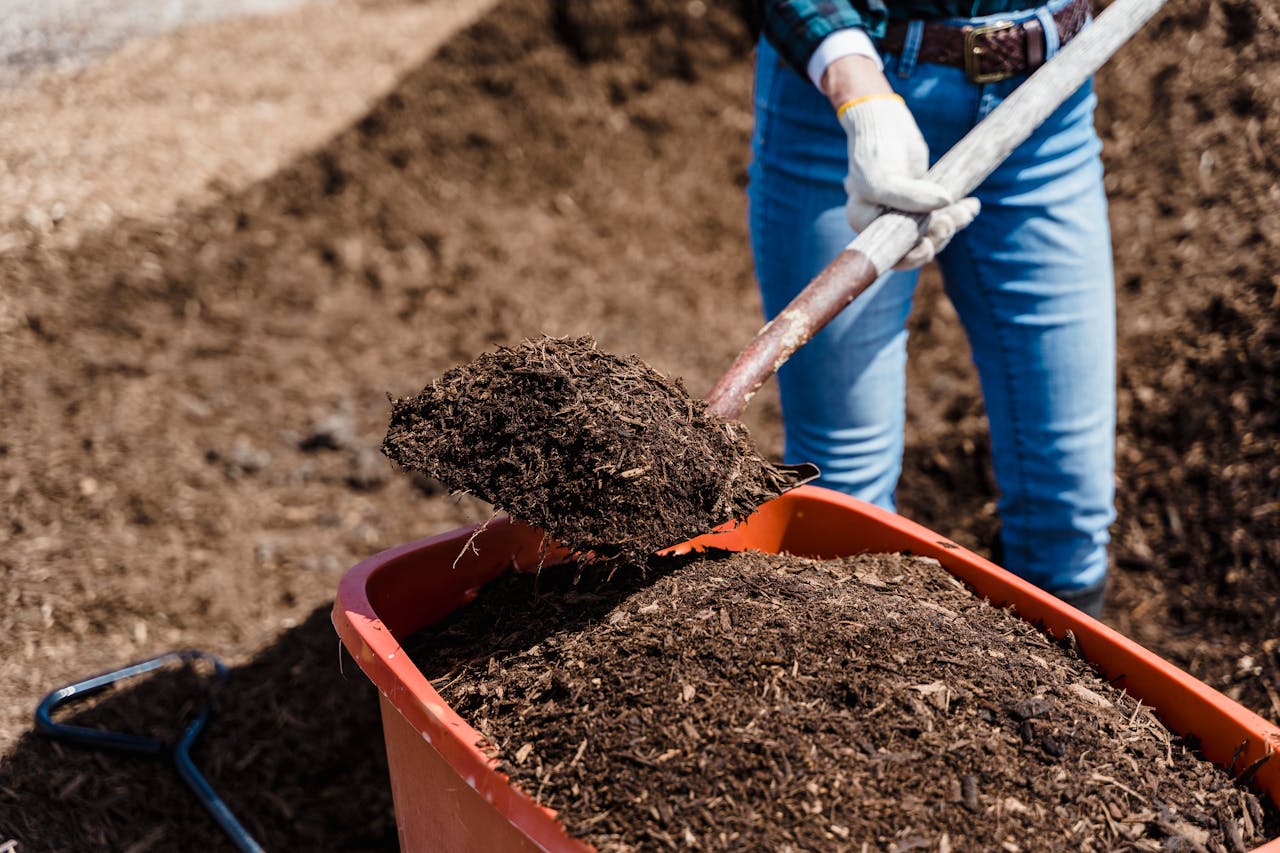
Composting turns organic waste into nutrient-rich material that benefits your soil. It’s a cornerstone of natural soil care, reducing waste while creating a sustainable cycle of fertility.
Methods of Composting
- Hot Composting: This fast method involves carefully managing the carbon-to-nitrogen ratio and maintaining high temperatures. It’s ideal for those who want quick results and are willing to turn the pile regularly.
- Cool Composting: Slower but less labor-intensive, this method involves piling organic materials and letting them break down naturally over time.
- Vermicomposting: Perfect for smaller spaces, this method uses earthworms to process organic matter into castings, which are highly beneficial for plants.
Layering for Success
For the best results, alternate layers of "brown" materials (carbon-rich, like straw or dried leaves) with "green" materials (nitrogen-rich, like vegetable scraps or grass clippings). The right balance ensures your compost pile breaks down efficiently and doesn’t attract pests or develop odors.
Advanced Tips
- Add Water as Needed: Keep your compost pile as damp as a wrung-out sponge.
- Use Compost Teas: Brew a liquid solution from compost to use as a fertilizer or soil drench.
- Turn Your Pile: Regular turning aerates the pile and speeds up decomposition.
Composting is more than waste management—it’s a way to give back to your soil and foster a garden teeming with life.
Cover Crops and Green Manures
Nature has its own solutions for improving soil health, and cover crops are a shining example. These plants, grown during the off-season, shield your soil, improve fertility, and create a haven for beneficial organisms.
Benefits of Cover Crops
- Weed Suppression: Cover crops outcompete weeds, reducing the need for manual weeding or herbicides.
- Nitrogen Fixation: Legumes like clover and vetch capture nitrogen from the air and store it in the soil for future crops.
- Erosion Prevention: Their roots hold soil in place, protecting it from wind and water erosion.
- Organic Matter Addition: When tilled into the soil, cover crops decompose into nutrient-rich green manure.
How to Use Cover Crops
- Select cover crops suited to your climate and soil type. Legumes, grasses, and brassicas are popular choices.
- Plant them after harvesting your main crops.
- Terminate cover crops before they go to seed to prevent them from becoming invasive.
By mimicking nature’s rhythms, you can create a garden ecosystem that thrives year-round.
No-Till Gardening Practices
No-till gardening is a transformative approach that prioritizes the health of your soil by minimizing disruption. This method preserves the natural structure of the soil, protects beneficial microorganisms, and reduces the labor required to maintain your garden. By allowing the soil to develop naturally, you create a robust ecosystem that supports plant growth and improves over time.
Benefits of No-Till Gardening
- Preserve Soil Structure: Avoiding tillage keeps the soil’s layers intact, allowing natural processes like water infiltration and root growth to occur without obstruction.
- Encourages Microbial Life: The delicate networks of fungi and microbes in the soil thrive when left undisturbed.
- Reduces Erosion: A no-till garden retains its protective organic matter layer, reducing the likelihood of soil being washed or blown away.
- Saves Time and Energy: Since you don't need to turn the soil, you can focus on other gardening tasks or simply enjoy your thriving garden.
Practical No-Till Techniques
- Layering Organic Material: Instead of tilling, add compost, mulch, or crop residues directly onto the soil surface. Over time, these materials break down, enriching the soil below.
- Using Cover Crops: Planting cover crops during the off-season protects your soil and adds organic matter when terminated.
- Sheet Mulching: To suppress weeds and feed the soil, lay down a thick layer of organic material like straw, wood chips, or leaves.
- Letting Roots Decompose in Place: After harvesting crops, leave the roots in the ground to decompose naturally, providing nutrients and stabilizing the soil structure.
Transitioning to no-till gardening can feel like a significant change, but the long-term benefits for soil health, water retention, and crop productivity make it a worthwhile investment.
Mulching for Soil Protection
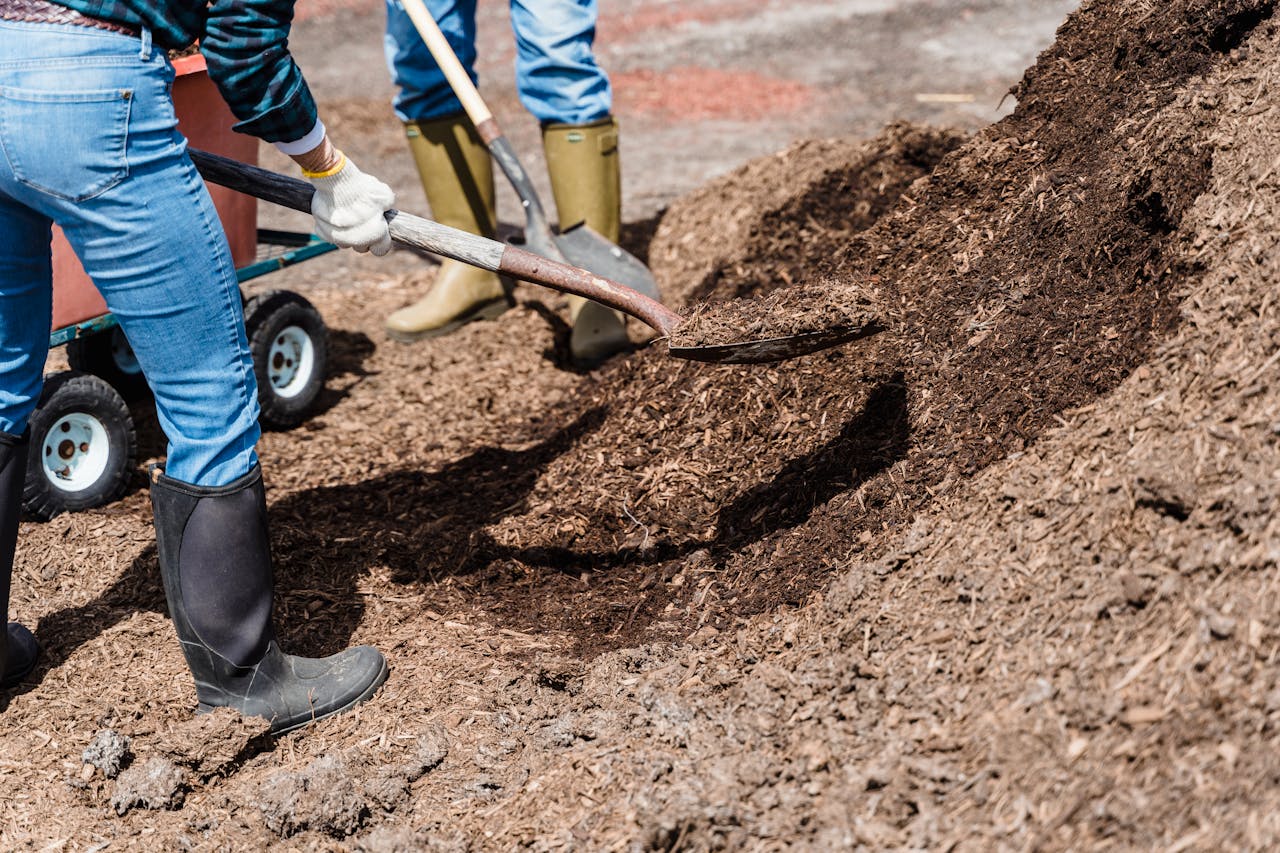
Mulching is an invaluable tool in natural soil care, providing a host of benefits with minimal effort. It creates a protective layer over your soil that helps conserve moisture, suppress weeds, regulate temperature, and improve fertility as it breaks down.
Benefits of Mulching
- Water Conservation: Mulch reduces evaporation by up to 35%, helping you use water more efficiently and preventing soil from drying out during hot weather.
- Weed Suppression: A thick layer of mulch deprives weeds of sunlight, reducing the need for manual weeding.
- Temperature Regulation: Mulch acts as insulation, keeping the soil cooler in the summer and warmer in the winter.
- Erosion Prevention: Mulch absorbs the impact of heavy rain, preventing soil compaction and runoff.
Choosing the Right Mulch
Organic mulches, like straw, leaves, grass clippings, or wood chips, are ideal for most gardens. They break down over time, adding organic matter to the soil and encouraging microbial activity. Inorganic mulches, such as gravel or landscape fabric, can be used in pathways or areas where long-term weed suppression is a priority, but they won’t improve soil fertility.
How to Apply Mulch
- Spread a layer 2-4 inches thick across garden beds, ensuring it’s even and consistent.
- Keep mulch a few inches away from the base of plants to prevent rot or pest issues.
- Replenish the mulch as needed, especially after heavy rains or at the start of a new growing season.
By incorporating mulching into your soil care routine, you’re investing in long-term soil health and creating the ideal environment for plant growth.
Soil Testing and Monitoring
Understanding your soil’s composition is essential for maintaining a productive garden. Soil testing helps you make informed decisions about amendments and management practices, ensuring your efforts are tailored to your soil’s specific needs.
Why Soil Testing is Important
- Identifies Nutrient Deficiencies: Testing reveals whether your soil lacks key nutrients like nitrogen, phosphorus, or potassium.
- Guides Amendment Choices: By knowing your soil’s pH and organic matter content, you can select the right amendments to improve its health.
- Tracks Progress: Regular testing allows you to monitor how your soil improves over time, helping you refine your care plan.
How to Test Your Soil
- Collect Samples: Use a trowel to gather soil from multiple spots in your garden, digging to a depth of 6-8 inches.
- Combine and Mix: Blend the samples in a clean container to create a composite sample.
- Send for Analysis: Use a soil testing kit or send your sample to a local agricultural extension or lab.
- Interpret the Results: Analyze the report to determine what your soil needs, whether it’s pH adjustments, organic matter, or specific nutrients.
Using Soil Test Results
- To raise pH levels, add lime; to lower them, apply sulfur.
- For nutrient deficiencies, consider adding organic fertilizers like bone meal for phosphorus or blood meal for nitrogen.
- Increase organic matter by adding compost or well-rotted manure.
Regular soil testing is a proactive step that helps you anticipate and address issues before they affect your garden’s productivity.
Encouraging Beneficial Microorganisms and Fungi
The hidden world of microorganisms in your soil is vital for its health. Bacteria, fungi, and other soil organisms work behind the scenes to decompose organic matter, release nutrients, and protect plants from disease.
Key Players in Soil Health
- Bacteria: Break down organic material into forms that plants can use.
- Fungi: Form symbiotic relationships with plant roots, enhancing water and nutrient absorption.
- Actinomycetes: Produce enzymes that help decompose tough organic materials, giving healthy soil its characteristic earthy smell.
Promoting Soil Life
- Feed Them Organic Matter: Regularly add compost, mulch, or green manures to provide food for microbes.
- Avoid Chemicals: Chemical pesticides and synthetic fertilizers can harm beneficial organisms. Opt for organic alternatives instead.
- Maintain Proper Moisture: Soil microbes thrive in moist, well-aerated environments. Avoid overwatering or letting the soil dry out completely.
- Diversify Your Plantings: A variety of plants produces diverse root exudates, which feed different types of microbes and fungi.
Healthy soil life is the foundation of a thriving garden. By nurturing these microscopic allies, you create a resilient ecosystem that supports long-term productivity.
Sustainable Water Management
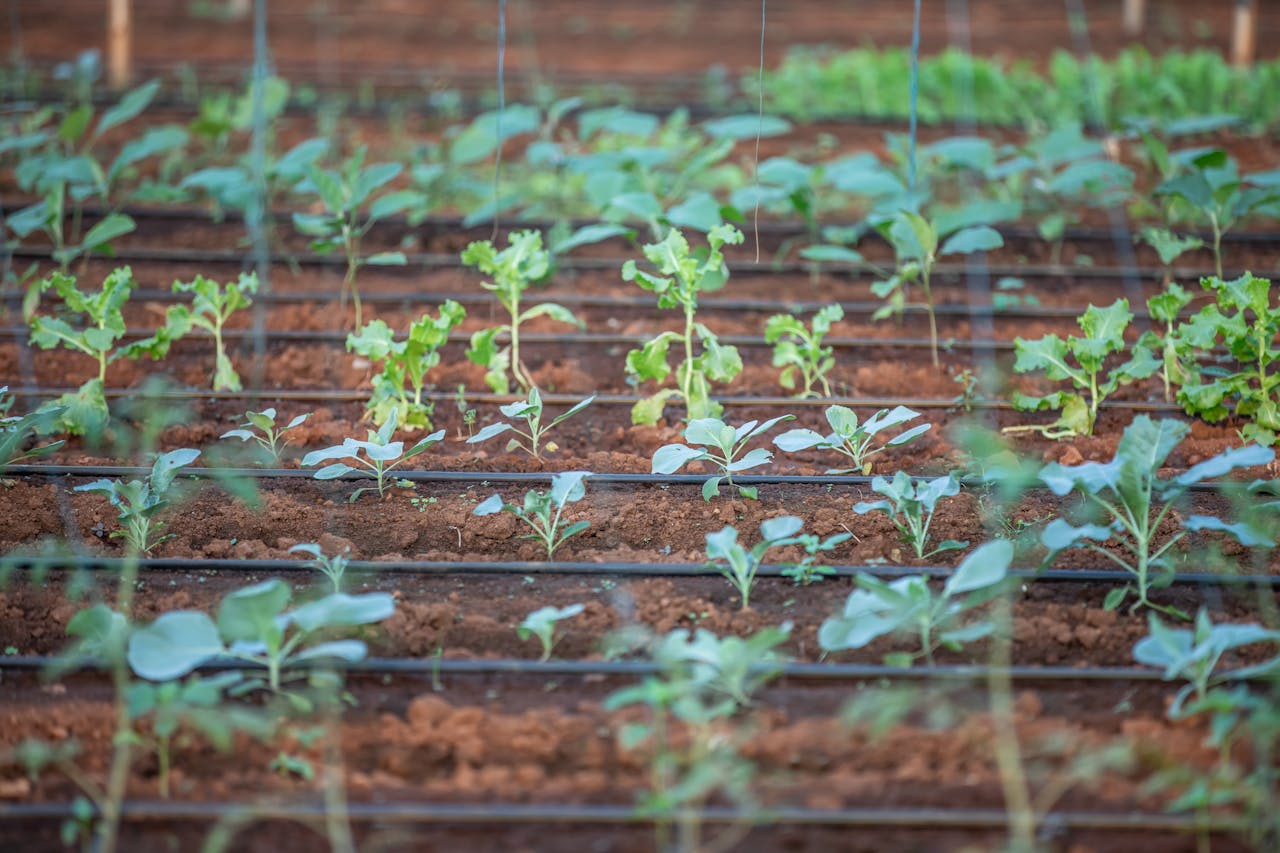
Water is a precious resource, and using it efficiently is critical for both your garden and the environment. Sustainable water management practices ensure that your plants get the hydration they need while conserving this valuable resource.
Water-Saving Strategies
- Rainwater Harvesting: Install rain barrels or cisterns to collect water from your roof, reducing reliance on municipal supplies.
- Efficient Irrigation: Drip irrigation and soaker hoses deliver water directly to plant roots, minimizing evaporation and runoff.
- Mulching: A thick layer of mulch reduces water loss from evaporation and helps soil retain moisture longer.
- Contour Planting: Use swales, terraces, or sunken beds to capture and store rainwater in your garden.
Plant Choices for Water Efficiency
Choose drought-tolerant plants or native species that are adapted to your local climate. These plants typically require less water and are more resilient to dry conditions.
Designing Your Garden for Water Conservation
- Group plants with similar water needs together to make irrigation more efficient.
- Incorporate shade-providing plants or structures to reduce water loss through evaporation.
- Use organic matter to improve soil’s water-holding capacity.
With a combination of smart irrigation, strategic planting, and soil care, you can reduce water waste while keeping your garden lush and productive.
Designing a Long-Term Soil Care Plan
Building healthy soil is a journey, not a one-time task. A long-term soil care plan ensures you maintain and improve soil health over the years, leading to a more sustainable and productive garden.
Components of a Soil Care Plan
- Set Goals: Determine what you want to achieve, whether it’s increasing organic matter, balancing pH, or improving drainage.
- Create a Schedule: Plan regular activities like soil testing, composting, and mulching.
- Rotate Crops: Prevent nutrient depletion and pest buildup by planting different crops in each bed every season.
- Incorporate Cover Crops: Use these during the off-season to add organic matter and protect soil.
Tracking Progress
Keep a gardening journal to record your soil’s condition, test results, and any amendments you’ve added. Over time, this record will help you identify trends and refine your practices for better results.
By approaching soil care as an ongoing process, you’ll build a foundation that supports your garden for years to come.
Conclusion
Healthy soil is the foundation of a successful homestead garden. By implementing natural soil care practices, you’ll not only improve your garden’s productivity but also contribute to a healthier planet. Start small, experiment with these techniques, and watch as your garden flourishes season after season.
Your soil is alive—nurture it, and it will nurture you in return.


